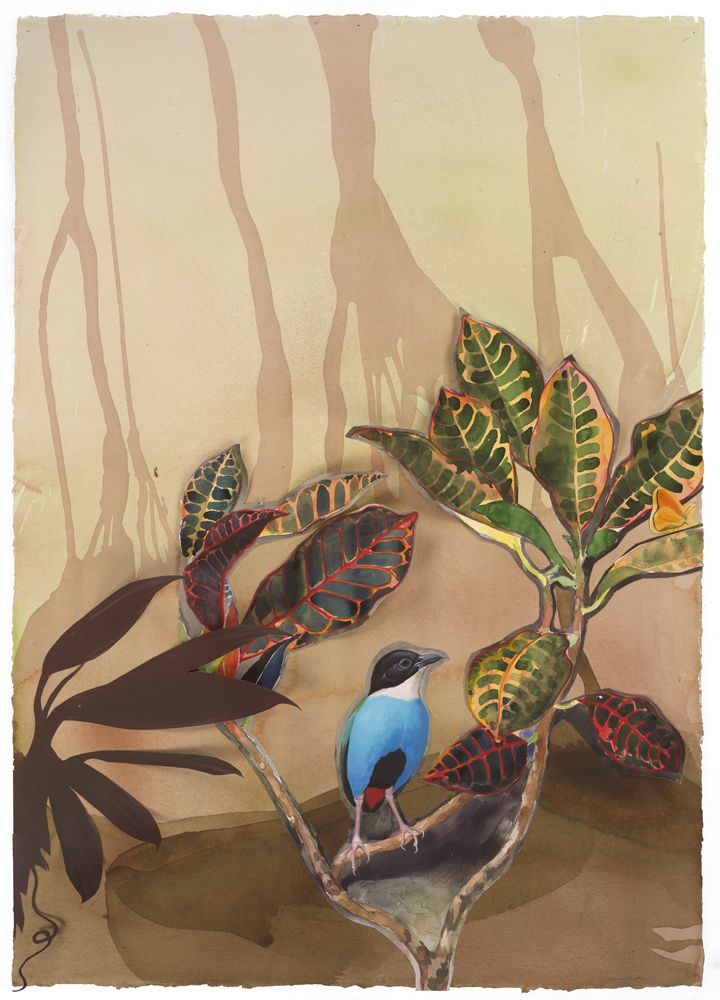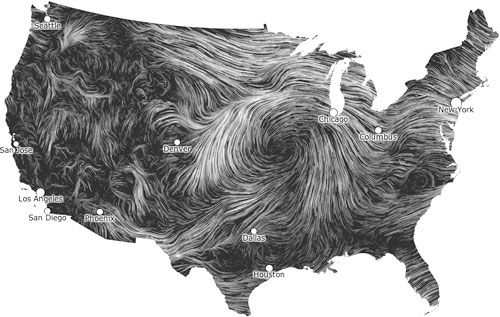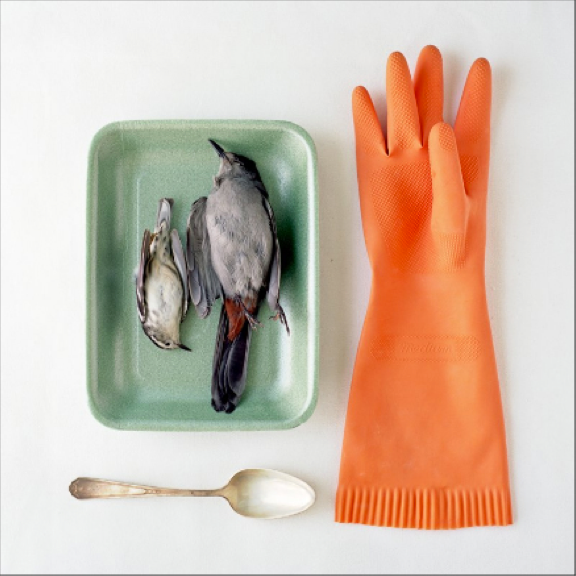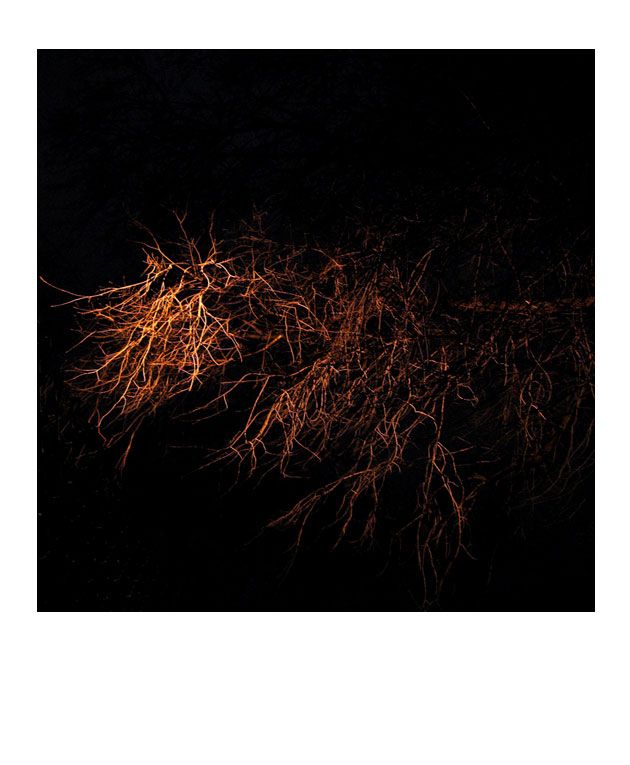 |
| David Tomb "Azure-breasted Pitta" 2012 Painted papers with mixed media and partially pasted and or completely pasted on paper with mixed media 42 x 30 inches |
Wednesday, October 17, 2012
David Tomb's "Grand Birds"
Tuesday, October 02, 2012
Picturing Awe
 |
| Frame from "Wind Map" Martin Wattenberg and Fernanda Viegas |
Last night, I attended the second presentation in this season's Art, Technology, and Culture Colloquium series at UC Berkeley. Martin Wattenberg and Fernanda Viegas, artists and researchers who often work as a team, presented "Visualization and the Joy of Revelation," an engaging survey of their greatest hits (to date) supplemented by tidbits about their process and working philosophy.
From the ATC listing:
"Fernanda Viegas and Martin Wattenberg explore the joy of revelation: the special electricity of seeing a city from the air, of hearing a secret, of watching a lover undress. Their medium is data visualization, a technology developed by computer scientists to extract insights from raw numbers. They'll show what happens when this technology is aimed at data sets that range from tropical storms to social networks, from arguments on Wikipedia to expressions of carnal desire."
Monday, September 24, 2012
In good company (and family)
 |
| Egon Schiele "Woman Crouching" 1918 |
In a post that appeared here in August 2005, I touched on my longtime love of Egon Schiele's paintings and drawings. I wrote,
"[In my teens, as] I learned more about the work of twentieth century art world luminaries, I came to love the paintings of Egon Schiele, Max Beckmann, and Francis Bacon. My attraction to these three artists should have come as no surprise, but it would be several years before I realized what these three painters share: a bold, graphic approach to contour and color. They are illustrators' painters every bit as much as they are painters' painters; their work points to the absurdity of the distinction."I still adore Schiele's figures and landscapes. Although I no longer refer to him as my favorite artist, he remains a major figure in my pantheon.
Imagine my delight, then, when I discovered this morning that Alice Jones, a young artist in New Zealand, cites Schiele and me as her favorite artists in a video Q&A she posted to her blog. (Thanks for the nod, Alice! I'm thrilled that my pictures speak to you.)
Wednesday, September 12, 2012
Platte Clove Residency: Encounter On Devil's Path
 |
| Devil's Path Trail; Catskills; NY; July 2012 |
I value solitude, but prefer not to hike alone. In the event of an injury, it's always better to have a companion. Moreover, since moving west, I've learned that even an ambitious mountain lion is unlikely to consider two or more humans fair game. Simply put, a duo or small group is afforded greater peace of mind. Sometimes, though, in order to take advantage of a window of opportunity, hiking solo is the only option.
Frankly, as I set out from the Platte Clove cabin on my first morning in the Catskills, safety concerns were far from my mind. I'm a confident hiker and I was excited to explore the 7.5-mile route I'd plotted the night before. My planning, though, had been cursory. I didn't realize that Wikipedia describesthe longest segment of my loop as "the toughest hiking trail in the Eastern United States." (In retrospect, I should have been clued in to the trail's difficulty by its name, Devil's Path.) I also shrugged off wildlife precautions. Though they may be the region's namesake, mountain lions were extirpated from the Catskills by the early 20th century; American black bears, however, are plentiful, and regional trail guides encourage hikers to wear bells and to talk at a normal volume so as to alert the animals of their presence. That's good advice, but amateur naturalists like myself shun bells and, when on trails, frown upon extended conversation. We don't go into the woods or up mountains for a constitutional. We go to see other animals, be they birds, porcupines, snakes, squirrels, or bears, and the less noise we make, the more creatures we're privileged to see.
Friday, September 07, 2012
WAH Center's "Wildlife in the Post-Natural Age"
 |
| Kimberly Witham "Orange Glove" |
Several of my 2008 and 2009 works are included in the Williamsburg Art & Historical Center's "Wildlife in the Post-Natural Age," a group exhibition curated by artist-curator Cara DeAngelis that features work by 20 artists.
From the exhibition press release:
"The show focuses on work that addresses the interplay between wildlife and our domesticated selves and spaces. It probes the persistence of wildlife in American culture and individual imagination through the work of a diverse group of city-based artists. The varied works evoke a reconsideration of the term ‘wild’ in what Gary Snyder has called a Post-Natural Age, and the role that artists are playing in exploring these issues.""Wildlife in the Post-Natural Age" runs from September 7-28, 2012. More information can be found here.
Image credit: copyright, Kimberly Witham
Thursday, August 30, 2012
Thursday, August 16, 2012
Platte Clove Residency: Coastal Differences
 |
| View of Devil's Path Trail; Catskills; NY; July 2012 |
Five years ago, while traveling in South America, I met a young woman from the West Coast of the United States. After the trip, we corresponded for a while, and she related news of her move from southern California to New England. An outdoorsy sort, she prioritized exploration of the parks in her new neck of the woods, but she wrote that the eastern forests unnerved her. During the summer months especially, they seemed dense and suffocating, a patchwork of green that closed in around her.
At the time, her observation amused me. Having grown up on the East Coast, I was at home in the mixed deciduous and pine forests of eastern North America. By contrast, the Endor-like redwood and sequoia forests of the Pacific coast and the mixed coniferous forests of the continental divide and the American Southwest, environments in which I'd had little or no experience but with which my friend was very familiar, seemed otherworldly to me.
Friday, August 10, 2012
Platte Clove Residency: John Muir and the View From the Precipice
 |
| Winter view of Platte Clove's Bridal Veil Falls; Catskills; NY |
“Many people have been killed after falling and sliding off the edge. Especially in areas where there are pine needles. Dangerous conditions exist in many locations. The number of deaths over the years is staggering. Be overly cautious when in this region, and do not take un-necessary risk.”I hesitated before deciding to investigate the unmarked spur of the Platte Clove Nature Preserve's Plattekill Falls Trail. Having recently read a bit about the geology and topography of the Catskill Escarpment, I knew that the preserve is located near the top of a deep ravine that tumbles suddenly down and eastward to meet the Hudson Valley (clove is the Dutch word for a mountain gorge). I’d also learned that each year a handful of foolhardy or unlucky hikers fall to their deaths on Platte Clove area trails. An online trail guide I’d browsed prior to the residency urged hikers to be “overly cautious.” Nevertheless, once I’d stepped off the main path and advanced a few steps down the spur, I was self-assured; I wouldn’t be one of 2012’s casualties. Prudent types like me don’t fall off cliffs.
- “Upper Platte Clove” page of Catskill Mountaineer website
Labels:
ambivalence,
art,
Arthur Schopenhauer,
awe,
Catskills,
humility,
John Muir,
landscape,
my art,
natural history,
nature,
Platte Clove residency,
romantic inclination,
Werner Herzog,
wonder,
writing
Subscribe to:
Posts (Atom)

